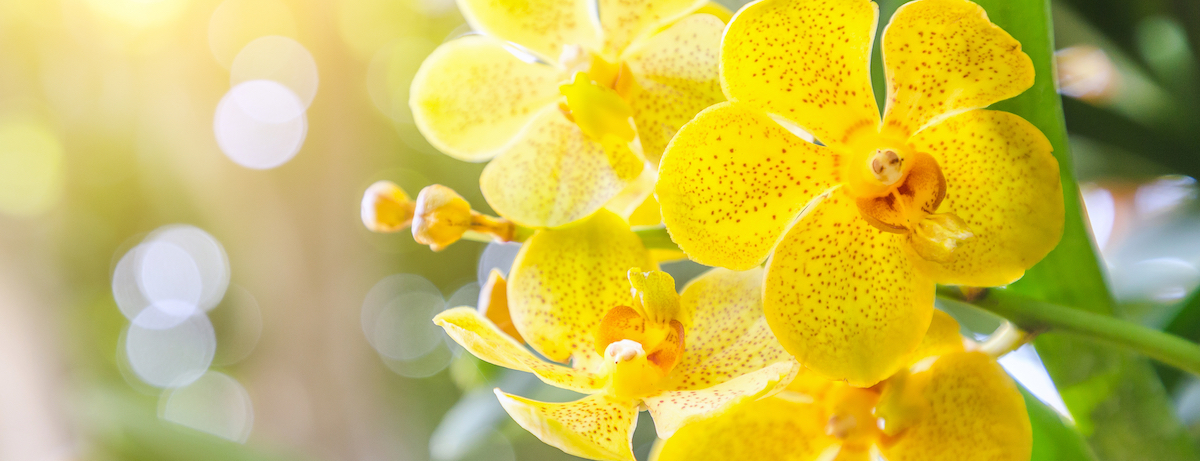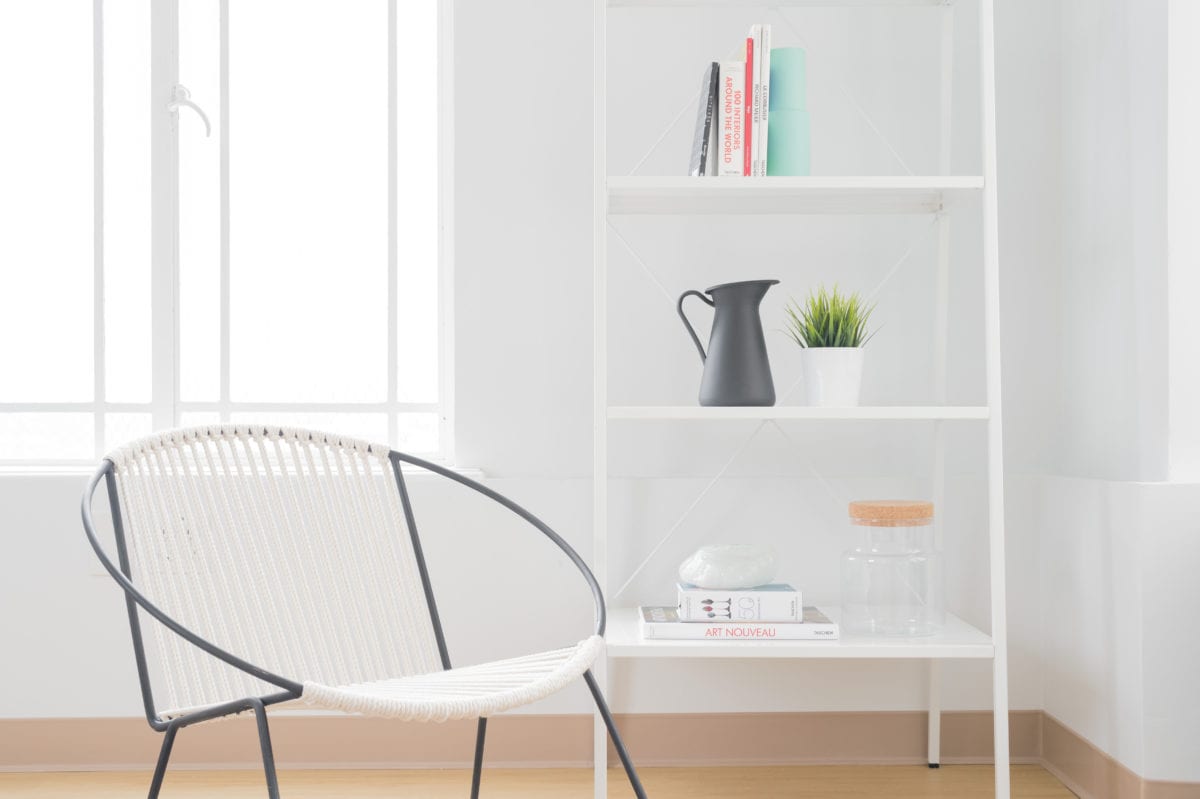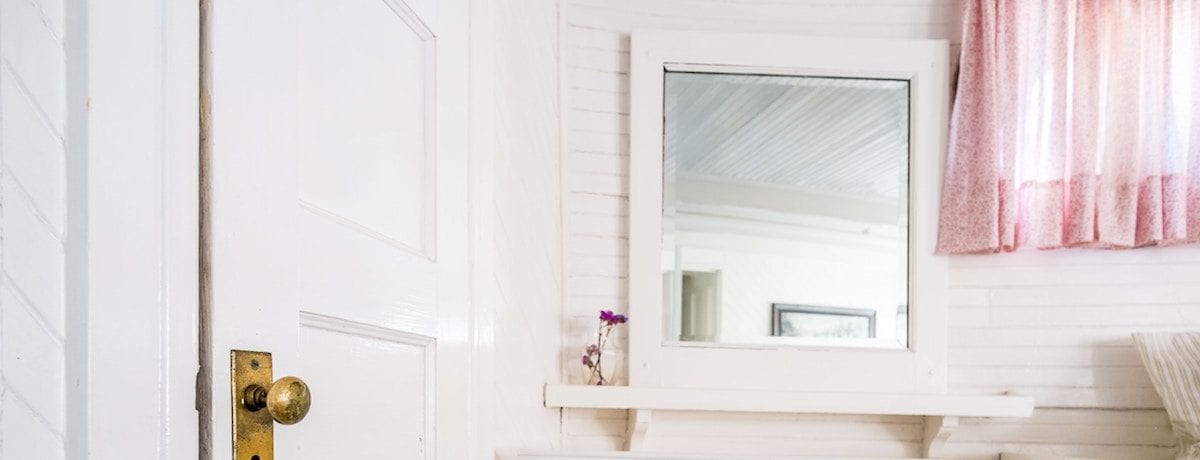Many people get excited about diving into the world of orchids but are often a little put off by whisperings of daunting care methods. Don’t be afraid! It’s easy to learn how to look after orchids as they are easy to grow once you understand what they need.
The first thing to note is that orchids are not like regular potted plants. They do not grow in the dirt! Orchids hang on to the bark of trees and were born on the soil of the jungle floors.
The good news is there are a few tips for how to care for orchids, and it is not difficult. These plants look stunning and make for excellent house plants that bloom for months and can live on forever if well cared for.
The main things to remember about how to look after orchids
- Orchids only really need to be watered once a week
- They are happiest on a bright windowsill facing east or west
- They will excel with a weekly feeding of fertiliser
- Repot them as they grow after blooming
How to care for orchids
There are over 880 different orchid types making them the largest and most diverse flowering plant families. Considering how diverse the orchid family is, it is hard to lock down a set of care-rules that apply to all. This is in part why they have such a scary stigma about difficulties in keeping them alive.
In most cases, the type of orchids you’ll find at nurseries or florists are hybrids created by crossing different species for a unique colour, fragrance, and ease of care. This makes learning how to look after orchids much easier! The modern orchid hybrid is a rewarding house plant as a result, which is easy to grow and looks great.
Optimal growth environments
Orchids are relatively resilient as they were born in jungles where times of abundant water or complete dryness were common and infrequent. As a result, their thick stems, called pseudobulbs, allow for the storage of water for long periods.
You need to take this fact into account when you consider a typical home environment to which the modern orchid has adapted. You orchid still requires light, water, air movement and an ideal temperature but it will take some experimentation, based on your environment, to find the best balance.
The best orchid situation allows for healthy drainage and good airflow. Keep in mind that orchids do not grow in dirt, so they require special media that matches the type of orchid and growing conditions. Choose a mix that is open, airy, and able to supply the right amount of moisture.
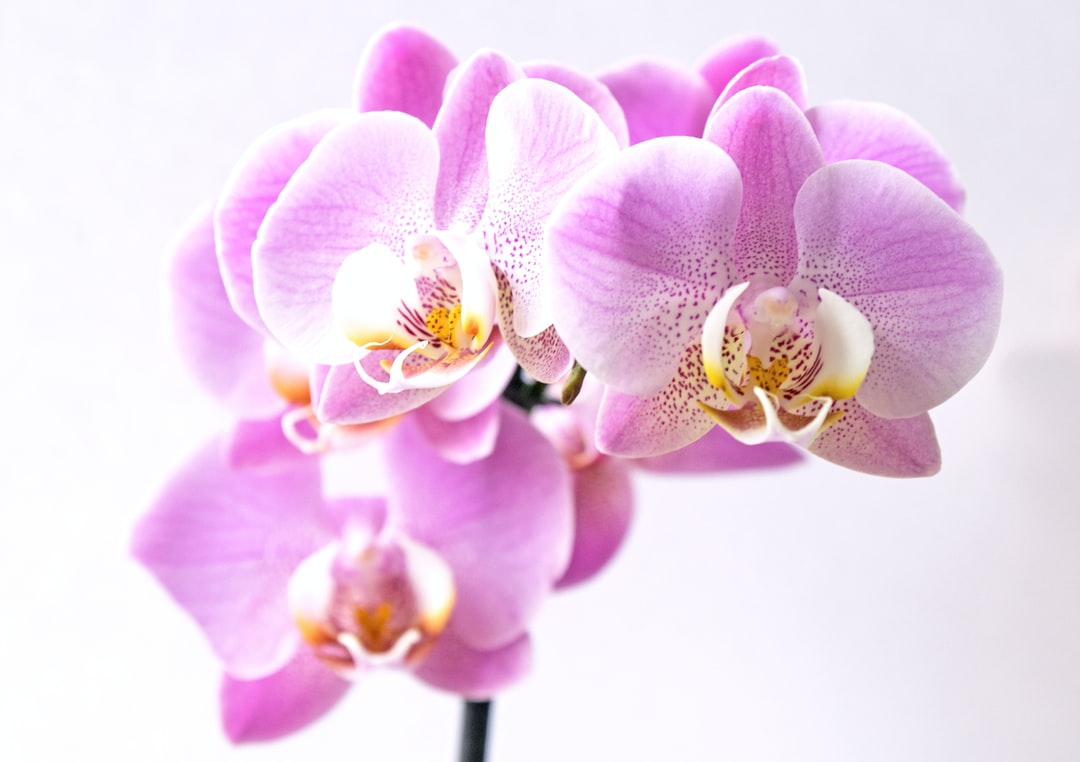
How to care for orchids in pots
Obviously, orchids aren’t growing in pots in the wild. A pot environment is strictly for human convenience, and strange for the plant, but not bad! Orchid roots like to be free, and there is no issue with them growing outside of the pot. A pot will actually help to retain moisture for the roots, which in turn leads to a healthy orchid.
Where leaf growth is an excellent way to determine the health levels of a plant, where orchids are concerned, you’ll learn more from the root growth. If you are planning on keeping your orchids in pots you just have to ensure you are not smothering the roots.
A good moisture balance is critical when learning how to look after orchids, which is why clear orchid pots are a very popular choice. This makes it far easier to see what is happening with the roots. Orchid roots engage in photosynthesis, which is helped along with a clear pot as light can pass right through them.
The best pot for your orchids will be one that comfortably fits the roots and a stake which will provide support for your plant while it establishes itself. Orchids prefer the secure environment of a small pot, so refrain from repotting until you are at a point where the container is no longer holding the roots. Once again, a transparent plastic pot will make this easier. Plastic pots are also much easier to clean and disinfect, which is vital as orchids are very susceptible to viruses and disease.
Repotting an orchid
This process sounds scarier than it actually is, trust us. Repotting an orchid is very easy to do! Choose a new pot that’s an inch or two larger than the previous one and put your potting mix into a bowl with boiling water. Let that water cool to room temperature, then drain.
Gently wash the roots of your plant and cut off any brown or rotting ones. Plant the orchid so that the base is at the top of the medium and push parts of it in between the roots. From here you just keep the orchid misted for a week until you see some new roots appear.
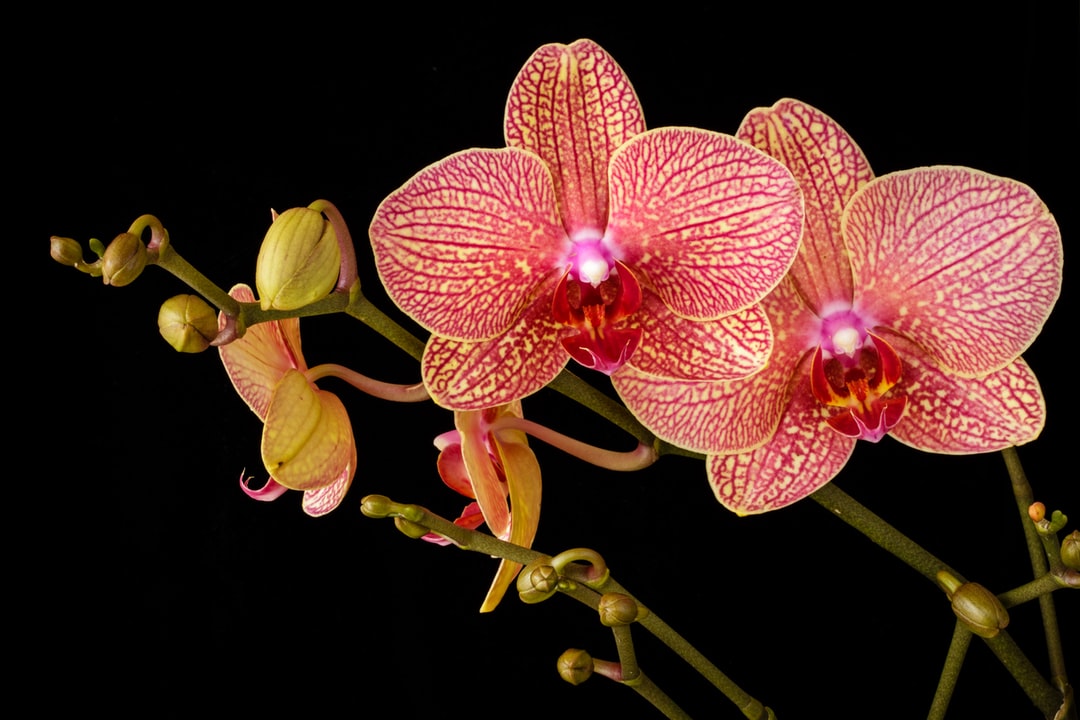
Frequently asked questions
How often should you water an orchid?
The key when learning how to look after orchids is not to over-water. Watering may be the most challenging aspect of care, as the appropriate amount varies based on the type of orchid, the mix it is in, and your home environment. The annoying answer is that orchids want enough water, which is not too much and not too little.
To make the answer a little more complicated, it also varies with the seasons. In the hotter months, orchids dry out quickly, so it is a good idea to change the frequency of your orchid watering, its pot, mix, and the air circulation. It takes a little patience, but once you find the optimal balance, you will be rewarded with increased blooms.
Water your orchid liberally, and allow the water to pour from the bottom of the pot. It may be easier if you water your orchid in the sink by leaving the tap running to soak through the mix. Over-watering will lead to the demise of your plant. Orchids like be dry, then flooded on repeat, so aim for a process or schedule that allows for this.
Why are my orchid leaves turning yellow?
This can often the first sign of a problem with your orchid, possibly caused by bugs or bacteria. If you notice this, make sure you move the sick orchid away from your other plants straight away, or the issue can spread.
If you want to avoid this, sprinkle your plant with cinnamon which is an effective fungicide. In some cases, the issue may move from the leaves into the media, which can put the roots at risk. If your plant isn’t recovering, this may be the reason. If the trouble is hiding beneath the surface, you may need to repot. Some orchids can develop an infestation called fungus gnats which feed on tender orchid roots. You can find a Natural Fungus Gnat Control and your local hardware store or nursery that will help take of this.
If you suspect a virus infection, you may have to destroy before the issue is passed on to others. If you do see a problem, you may need to review the plant’s culture or air movement. There are many possible causes, but the primary goal is ensuring that the problem does not multiply.
What do you do with an orchid after the blooms fall off?
The first thing to note is that all it takes is a little TLC and your orchid will flower again and again, lasting a significant amount of time. After the flowers drop, you can leave the flower stem intact, remove it or just cut it back to a node.
Remove the flower spike by clipping it off at the base of the plant, especially important if the stem is beginning to turn brown or yellow. This means the plant is on its way out and will no longer produce flowers. If you remove the stem, you are helping the plant put its energy into root development, which increases the chances of new bloom spikes.
Place the orchid in an area that receives indirect light and water it weekly using a liquid houseplant fertiliser that has been diluted to half strength once a month. You can force your orchid to bloom by moving it to a spot that is slightly cooler while still ensuring there is indirect light during the day. The moment you see a bloom spike, you can move the plant back to its usual spot and enjoy the flowering.
Ready to make that orchid collection grow?
This info will help you learn how to look after orchids and become a master of your orchid collection, but if you find yourself struggling and need a little help, there are plenty of garden-savvy taskers who can help you with things like planting and maintenance.
You can also boost your own gardening skills while increasing your knowledge by checking out our blog about how best to propagate plants. We also have some guides for the best plants for the decoration of your bathroom and the ideal options to thrive inside. Raise the bar when it comes to your interior decorating with a host of greenery, it always looks fantastic!


